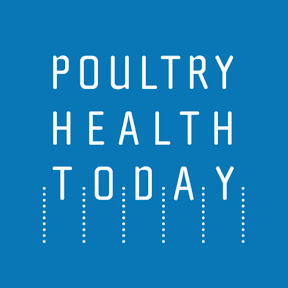



Use ‘tools of discovery’ and all your senses to identify emerging poultry diseases
“Human senses consist of sight, sound, smell, touch and taste ⸺ all should be used by investigators,”Emerging and re-emerging diseases can cause sudden, potentially catastrophic illness and death in commercial poultry flocks, said R.M. “Mick” Fulton, DVM, PhD, with the Michigan State University Veterinary Diagnostic Laboratory in Lansing, Michigan.
“It is up to investigators to use all available assets to detect those diseases,” he noted during a presentation at the 2022 North Central Avian Disease Conference. Those assets or tools include scientific tests as well as the human senses.
“Human senses consist of sight, sound, smell, touch and taste ⸺ all should be used by investigators,” he added, giving these examples:
- Sight: Consider stance, lack of movement, feather cover, fecal pasting and limestone (size and amount), Fulton pointed out. During necropsy, notice the location, distribution and type of lesions that are present.
- Hearing: Is the barn quiet or are some birds snicking? Respiratory noises can tell a story as well.
- Smell: Are there “off” odors in the flock as you enter a barn or in the feed or manure?
- Touch: Consider breast size, abdomen softness, weight and litter moisture.
- Taste: Is there too much salt in the feed?
Don’t forget common sense
“When you hear hoof beats, don’t diagnose zebras,” Fulton joked, adding that “a good history taken is a diagnosis half made.”
Continue to the full article on Poultry Health Today.












